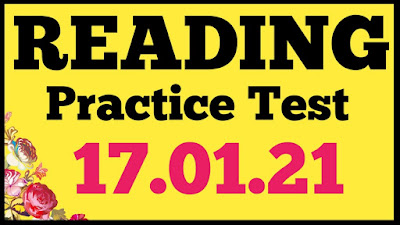IELTS READING PRACTICE TEST
IELTS READING PRACTICE TEST
All the reading tests based on the general problems or historical culture of any nation. This reading is 5 time repeated in the real IELTS exam and chances to be repeated in the upcoming IELTS exam. Make sure, you guys complete this reading test in 1 hour because it is a time limit for the reading module to solve all 40 questions in an hour and Prove that you have a superior skill of reading in ENGLISH.
For our subscribers and viewers, We have held a worldwide workshop for IELTS in which, we want to check your ability in test and level in English. So, Owing to that You need to subscribe to our youtube channel "PRO LEARNING"
We need your support to explore or create new IELTS material for you guys.
YOUR TIME STARTS NOW:
Tyes and Greens
There are a number of settlements in this part of East Anglia with names containing the word “tye”. The word Is Anglo-Saxon in origin, and the Oxford English Dictionary quotes the earliest usage of the term as dating from 832. Essentially a “tye” was green, or a small area of open common land, usually sited away from the main village or settlement, perhaps at the junction of two or more routes. Local people and passing travellers had the right to pasture their horses, pigs and other farm animals on the tye.
In the Pebmarsh area there seem to have been five or six of these lyes, all except one, at the margins of the parish. These marginal clearings arc all away from the richer farming land close to the river, and, in the case of Cooks Green, Haylcs Tye, and Dorking Tye, close to the edge of still existing fragments of ancicnt woodland. It seems likely then that, here, as elsewhere in East Anglia, medieval freemen were allowed to clear a small part of the forest and create a smallholding. Such unproductive forest land would, in any case, have been unattractive to the wealthy baronial or monastic landowners. Most of the land around Pebmarsh village belonged to Earls Colne Priory, a wealthy monastery about 10 kilometres to the south, and it may be that by the 13th and 14th centuries the tyes -were maintained by tenant farmers paying rent to the Priory.
Hayles Tye seems to have got its name from a certain John Hayle who Is documented in the 1380s, although there are records pointing to the occupation of t............
Guys, in the PDF files I am giving you some paragraphs which have repeated in the previous exam.



Comments
Post a Comment